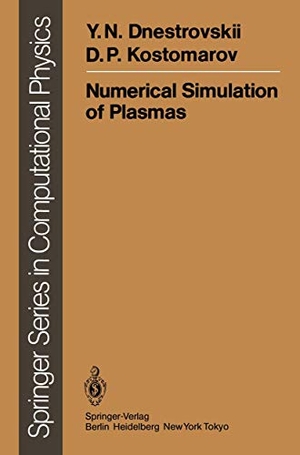Für statistische Zwecke und um bestmögliche Funktionalität zu bieten, speichert diese Website Cookies auf Ihrem Gerät. Das Speichern von Cookies kann in den Browser-Einstellungen deaktiviert werden. Wenn Sie die Website weiter nutzen, stimmen Sie der Verwendung von Cookies zu.
Cookie akzeptieren
Y. N. Dnestrovskii / D. P. Kostomarov
Numerical Simulation of Plasmas
- Springer Berlin Heidelberg
- 2011
- Taschenbuch
- 324 Seiten
- ISBN 9783642825941
This book is devoted to mathematical modeling of tokamak plasma. Since the appearance in 1982 of the first edition (in Russian), a considerable amount of experimental and theoretical material on tokamak research has been accumu lated. The new-generation devices, viz. , TFTR, JET and JT-60 were put into operation. The first experiments on these units have confirmed the correctness of the basic physical concepts underlying their construction. Experiments on plasma heating with the help of neutral beams and high-frequency (HF) waves on previous generation devices made it possible to obtain high-P plasmas. The number of "medium-size" tokamaks in operation has increased. New experi mental results and
Mehr
Weniger
zzgl. Versand
in Kürze